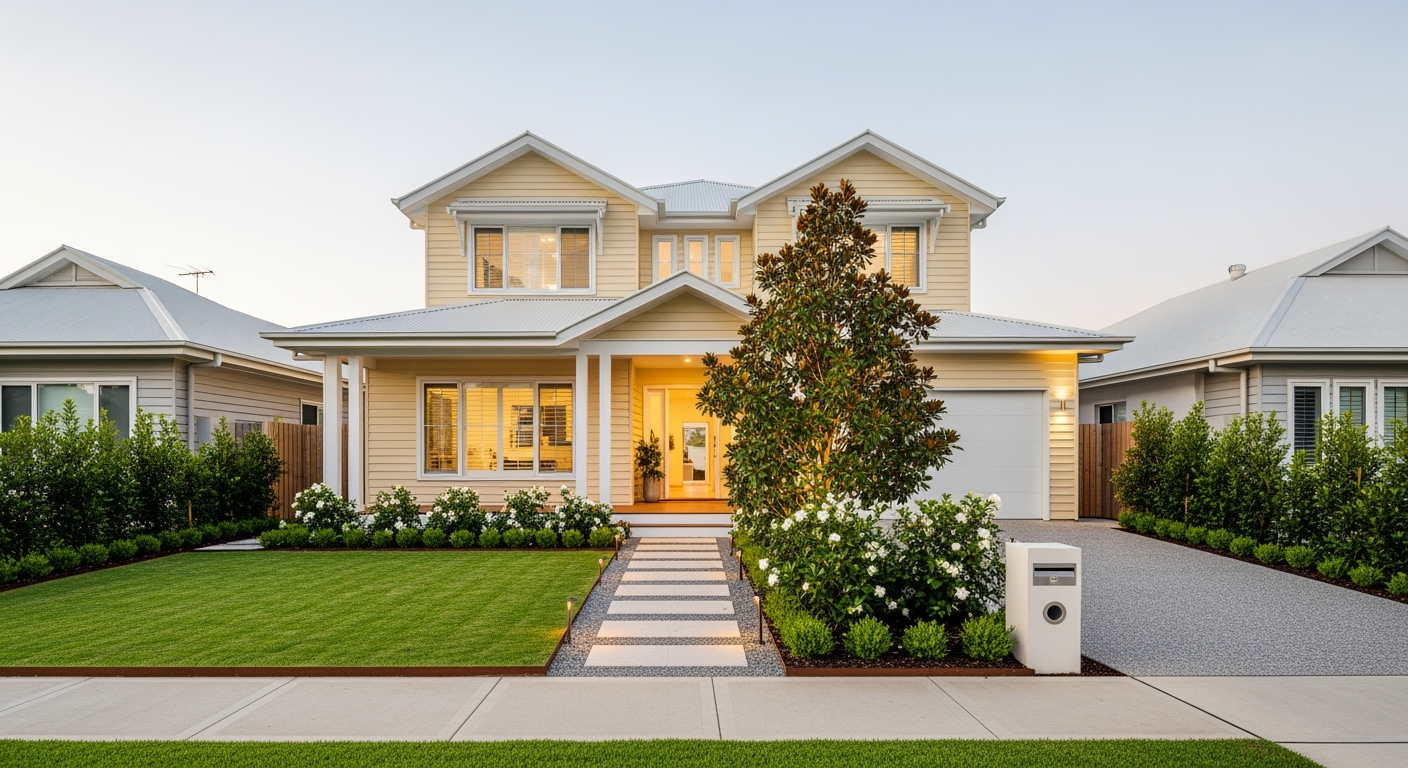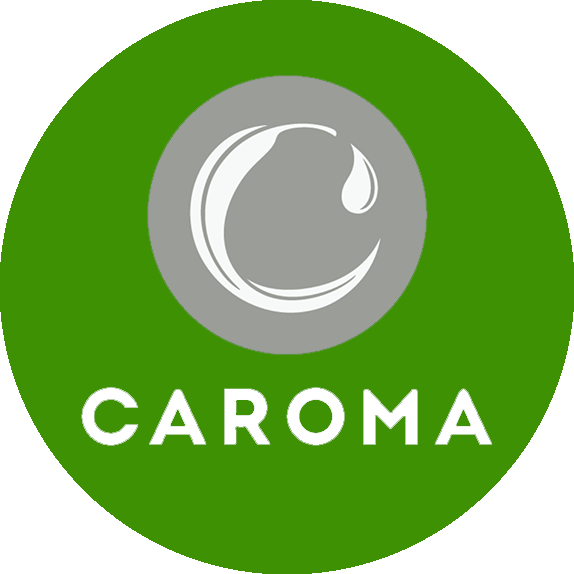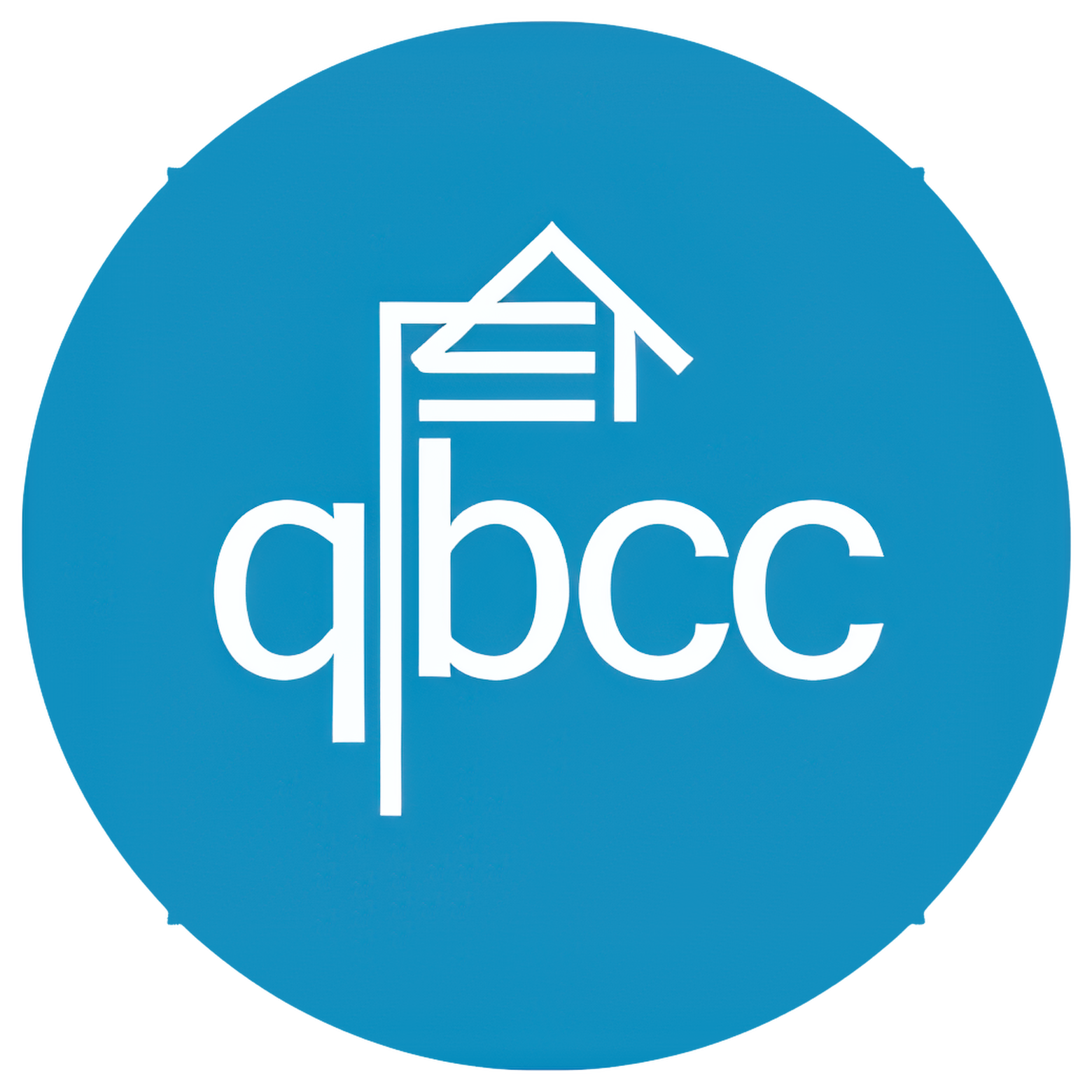Kerb Appeal by Design: Front Yard Ideas for Your New Queensland Home

Queenslands climate, code and curbside reality
Queensland (especially SEQ) brings hot, humid summers, summer downpours, and mild winters. New-build sites often have compacted subsoil and variable fill, with reflected western sun and heat off paving. That means:
- Prioritise heat- and humidity-tolerant species that handle summer storms and bounce back after short dry spells.
- Condition soil (rip, gypsum if clay, incorporate organics) and allow at least 300 mm quality topsoil in beds.
- Design for sun hours: a north or west-facing frontage may need tougher, heat-tolerant species and mid-tone paving to reduce heat.
- Plan water management early: ensure finished levels, driveway crossfall and garden gradients send water to legal discharge, not towards the slab.
Compliance to keep in mind:
- Verge gardens in Brisbane need a continuous pedestrian clear path (generally 1.2 m), low plants only (max 700 mm), and no trees or hard structures; check the official guidelines before you plant Brisbane City Council – Verge gardens.
- Bushfire overlays: follow Queensland guidance and your BAL assessment; apply defendable space, low‑flammability plant selection, and non-combustible materials near the facade Queensland Reconstruction Authority – Bushfire Resilient Building Guidance, Queensland Government – Building in bushfire prone areas, Queensland Government – Prepare your garden for bushfire season.
The front yard framework that works
Think of your frontage as an “entry sequence” with clear bones, planting layers, and a focal point.
1.Entry sequence
- Driveway arrival → a direct, legible pedestrian path → framed front door
- Path width: 1.2 m feels generous for two-abreast; flare to 1.5 m at the threshold for comfort
- Keep bins and utilities neatly screened but accessible
2. Strong bones (hardscape)
- Durable edges (galvanised steel, concrete, stone) to keep lines crisp
- Limited, repeating materials for cohesion (e.g., honed concrete + steel edging + timber battens)
- Mid-tone paving or exposed aggregate to reduce glare and heat
3.Planting layers
- Structural: small trees or feature shrubs that anchor the composition
- Screening: hedges or clumps for privacy/sightline control
- Texture/fillers: strappy forms and grasses for movement and resilience
- Groundcovers: unify beds and suppress weeds
- Aim for 60–70% evergreen backbone so it looks composed year round
4.Focal point
- One “hero”: a specimen tree, sculptural grass mass, water bowl, or a custom letterbox with backlit house numbers
5.Night mode
- Low-glare path lighting, a subtle uplight on the feature tree, and address lighting (2700–3000K for warm residential feel)
Planting palettes that thrive in Queensland
Blending natives with proven exotics provides texture, seasonal interest, and resilience. Use 3–5 species per bed and repeat across the frontage to avoid visual clutter.
Feature/small trees (choose one or two)
- Xanthostemon chrysanthus (Golden Penda)
- Tristaniopsis laurina (Water Gum)
- Elaeocarpus eumundii (Eumundi Quandong)
- Lagerstroemia indica cultivars (Crepe Myrtle; pick dwarf standards for smaller verges)
Screening/hedging
- Psyllid‑resistant Syzygium australe cultivars (Lilly Pilly)
- Murraya paniculata (Orange Jessamine) near entries for fragrance
- Westringia fruticosa (Coastal Rosemary) for wind tolerance
Strappy accents and grasses
- Lomandra longifolia cultivars (tidy and tough)
- Dianella caerulea varieties
- Dwarf, sterile Pennisetum or native Poa where appropriate
Flowering and pollinator-friendly
- Callistemon (Bottlebrush), Grevillea, Scaevola, compact Hibiscus, Gardenia augusta near entries
Groundcovers
- Myoporum parvifolium
- Carpobrotus (native pigface) in hot, open spots
- Trachelospermum asiaticum (Asiatic jasmine) as a contained groundcover
Plant spacing and scale tips
- Don’t plant screening too tight—space to mature width to reduce hedging frequency.
- Drift mass the strappy plants in 3s and 5s for a designed, not dotty, look.
- Keep higher plants away from driveway sight lines.
The best lawn types for Brisbane’s climate
Select based on actual sun hours, foot traffic, shade, and your maintenance appetite. Industry guidance in SEQ consistently favours warm-season grasses—Buffalo, Zoysia, Couch—with Kikuyu reserved for full sun and strong containment. See practical overviews from SEQ turf specialists like myhomeTURF, The Turf Shed, and West Turf.
- Buffalo (e.g., Sir Walter DNA Certified, Palmetto, Sapphire)
- Pros: Best for part shade; soft underfoot; good wear; resilient root system
- Cons: Slower lateral repair than Couch; higher upfront cost
- Use when: You have trees/shade or south-facing frontages that get limited sun
- Zoysia (e.g., Empire, Nara native Zoysia)
- Pros: Low growth = less mowing; deep roots; heat- and drought-tolerant; tidy, premium look
- Cons: Slow to establish; moderate shade tolerance (aim ~5+ sun hours)
- Use when: You want low maintenance and a manicured look with decent sun
- Couch/Bermuda (e.g., TifTuf, Wintergreen)
- Pros: Fast repair; high wear tolerance; bright summer colour
- Cons: Needs full sun (~6–7+ hours); can thatch if overfed; invades beds without strong edging
- Use when: You have a full-sun frontage and want durability at a sharp price
Install and care essentials
- Subsoil prep: rip/loosen compaction; shape falls away from the slab
- Underlay: use quality turf underlay; roll and water-in thoroughly
- Mowing heights: Buffalo higher; Couch lower; follow variety recommendations
- Hard edging: steel/aluminium/concrete to keep lines crisp and stop invasion
Hardscaping that lasts (and stays cool)
Materials and details
- Driveways: exposed aggregate concrete, coloured concrete with saw-cut joints, or permeable pavers where practical
- Paths: honed concrete or large-format pavers; consider stabilised decomposed granite for a soft look if slope/drainage allow
- Edges: galvanised steel or concrete extrusions for durability against whipper‑snippers
- Numbers/letterbox: coordinate with facade materials; ensure visibility day and night
Comfort and safety
- Choose mid-tone, low-glare finishes to reduce radiant heat
- Require exterior slip resistance (e.g., approximate R11) on paths
- Keep gentle gradients and avoid trip lips at driveway crossings
Lighting for street appeal and safety
- Path lighting: low bollards or in‑grade markers at 2.5–3.5 m intervals, staggered
- Feature accents: narrow-beam uplight on a focal tree or brick pier; avoid glare into neighbour windows
- Address lighting: backlit numbers or a subtle wall light by the letterbox
- Control: astronomical timer with manual override; warm white 2700–3000K
Verge garden basics in Brisbane
Brisbane City Council supports verge gardens in residential areas provided they are safe, accessible, and low-risk. Essentials:
- Maintain a continuous 1.2 m pedestrian access strip—even if there’s no concrete footpath
- Use low-growing plants (max 700 mm high); trees and tall shrubs are not permitted
- No hard structures (e.g., planter boxes), loose gravels, or irrigation systems in the verge garden area
- Keep sight lines clear near driveways and intersections; protect street trees (don’t prune/remove)
- Use water-wise plants; check “Before You Dig” for underground services
Bushfire‑smart landscaping (for overlay/BAL‑rated sites)
Follow your BAL assessment and QLD’s best-practice guidance to reduce risk.
Core principles:
- Defendable space: keep 1–2 m adjacent to the house low and clear; use non‑combustible mulch (stone/gravel) near walls
- Plant selection: choose low‑flammability species (higher moisture, broad leaves, low resin)
- Break up fuels: avoid continuous canopies; separate shrubs and lift lower tree branches; prune routinely
- Materials: non‑combustible edging and paving near the facade; avoid timber sleepers against walls
- Maintenance: remove leaf litter, clean gutters, keep lawns short in fire weather
Water-wise by design
- Hydro‑zone: group plants by water need; put thirstier plants in low points or near downpipes
- Irrigation: dripline under mulch for beds; separate zone for lawn; add a rain sensor and consider smart controllers
- Mulch: 50–75 mm of chunky organic mulch in beds; switch to stone near the facade in bushfire risk areas
- Stormwater: use permeable surfaces where practical; ensure falls away from the house to the legal point of discharge
Small front yards: high impact in tight footprints
- One hero + two complementary species repeated beats a “plant zoo”
- Go vertical: espalier or trellis climbers to green the facade
- Multi-use path: widen by the door to double as a micro-porch with a bench and pot grouping
- Concealment: integrate a screened bin bay within the composition
New build coordination: getting it right during construction
- Levels and falls: confirm finished floor levels (FFLs), driveway gradients, and crossovers early
- Services: locate water, NBN, power, stormwater before finalising lighting and plant pits
- Soil protection: set aside clean topsoil; avoid further compaction in garden zones
- Programme: install irrigation before planting; lay turf last (prefer shoulder seasons if possible)
Budgets and expected impact
Indicative Queensland pricing varies by site and finish, but you can plan in bands:
- Starter kerb appeal ($8k–$18k typical suburban frontage)
- Clean path, durable edges, Buffalo or Zoysia, 2–3 resilient plant masses, entry light
- Mid‑range ($18k–$40k)
- Feature tree, layered planting/screening, honed/aggregate path, custom letterbox & backlit numbers, irrigation zones, cohesive lighting
- Premium ($40k–$80k+)
- Architectural hardscape (permeable stone, custom steelwork), mature specimens, bespoke fencing/battens, designed lighting, integrated drainage/controls
A well-presented frontage often helps generate more inspections and stronger first impressions with buyers of new builds.
A simple seasonal care calendar (SEQ)
- Summer: Deep, infrequent watering; mow higher to shade the soil; check irrigation after storms
- Autumn: Light shape-prune; top up mulch; slow‑release feed for lawn
- Winter: Reduce irrigation; prune after flowering; adjust lighting timers
- Spring: Aerate compacted lawn; re‑edge beds; plant warm‑season perennials; refresh annual colour accents if desired
Common pitfalls to avoid
- Over-planting species variety—repetition looks intentional and lowers maintenance
- Wrong lawn for the sun hours—Buffalo for shade, Couch for full sun, Zoysia in between
- Skipping edges—beds creep and lines get messy without hard edging
- Planting too close to paths/driveway—soft foliage gets damaged by cars, bins, and elbows
- Ignoring sight lines at the driveway—create clear views for safety and compliance
Sample front yard concept (sunny, modern facade)
- Feature: Golden Penda (1)
- Screening: Lilly Pilly ‘Resilience’ hedge (6–8, planted to mature width)
- Texture: Lomandra ‘Tanika’ in drifts (12–16)
- Accent: Dianella ‘Cassa Blue’ clumps (9–12)
- Groundcover: Myoporum parvifolium along edges (as needed)
- Lawn: Empire Zoysia or TifTuf Couch depending on sun and use
- Hardscape: 1.2 m honed concrete path, galvanised steel edging, powder‑coated letterbox with backlit numbers
- Lighting: Two low bollards on the path, one uplight on the feature tree, one address light
Checklists you can print
Pre‑design checklist
- Facade style and colours finalised
- Sun/shade hours mapped (summer vs. winter)
- Privacy needs and driveway sight lines identified
- Council rules: verge garden, fence heights, driveway standards
- Services and stormwater plan obtained
- Maintenance preference (low / standard / high) agreed
- Budget band and timeline aligned with build
Verge garden compliance (Brisbane)
- 1.2 m continuous pedestrian access preserved
- Plants max 700 mm high; no trees/tall shrubs
- No planter boxes, loose gravel, or irrigation systems in verge beds
- Sight lines kept clear at driveways and intersections
- Street trees protected; “Before You Dig” checked
Bushfire overlay actions (if applicable)
- Confirm BAL and overlays; follow AS 3959 guidance for your class of work
- Create a low, non‑combustible zone 1–2 m around the house
- Separate plant masses; prune lower tree branches
- Use non‑combustible edging and mulch near the facade
- Establish a maintenance routine for leaf litter removal
Irrigation and water-wise
- Hydro-zones grouped by water need
- Dripline under mulch in beds; separate lawn zone
- Rain sensor/smart controller planned
- Mulch depth 50–75 mm; stone near walls in bushfire risk areas
Maintenance rhythm
- Quarterly: edge beds, check lighting, inspect irrigation
- Seasonal: fertilise lawn (lightly, slow‑release), prune after bloom, top up mulch
- After storms: check drainage, irrigation breaks, and lighting
FAQs
Can I put a tree on the Brisbane verge to frame my frontage?
Residents can’t plant trees on the verge; you can request Council to plant a street tree. Verge plants must remain low (generally max 700 mm), with a 1.2 m pedestrian path maintained
How do I make a small frontage feel premium?
Reduce species variety, add one hero element (specimen tree or custom letterbox), choose mid-tone, low‑glare surfaces, and use layered plant masses for depth. Widen the path at the door to feel generous.
Which lawn for part shade?
In SEQ, Buffalo performs best in shade (e.g., Sir Walter, Palmetto, Sapphire), Zoysia is moderate, Couch needs full sun. See practical overviews from myhomeTURF, The Turf Shed, and West Turf.
Ready to turn the plan into a finished frontage?
The Markon Group can integrate your front yard design with your custom home build—from concept and council considerations to plant sourcing, irrigation, and handover‑ready finishes working with our landscaping team.
What you’ll get when we design it:
- Lot-specific planting plan (QLD-friendly species), irrigation layout, and lighting plan
- Materials schedule matched to your facade and budget
- Staged program aligned to your build timeline (so nothing gets ripped up twice)
- Optional verge garden concept checked against current BCC guidelines
Want us to tailor this into a build-ready package for your site and facade? Share your lot plan, facade selections, sun/shade notes, and budget band, and we’ll prepare a concept to review.
Sources and helpful links
- Verge gardens: requirements, plants, maintenance: Brisbane City Council – Verge gardens
- Bushfire-resilient building and landscaping guidance (QLD): Queensland Reconstruction Authority; Queensland Government – Building in bushfire prone areas; Prepare your garden for bushfire season
- Practical lawn variety overviews (SEQ context): myhomeTURF – Best Grass for Brisbane, The Turf Shed – Couch vs Buffalo, West Turf – Turf varieties













